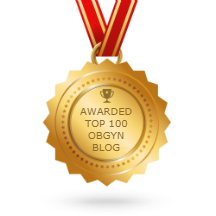So much has changed in six weeks. Grandpa passed. His memorial brought a tide of family and friends together. And now our daughter has delivered a baby girl named Emery Helena.
Those tasks once reserved for adults have passed to those who still to my eye look like children. Our roles have changed and our titles have too. This morning I heard a call for grandpa, which sounded out of place, on account of his passing, until I realized they were calling my husband. Mom, which was reserved for me, has passed to my daughter and I am becoming grandma.
My exact title is still under discussion. I've been working a lot on labor and delivery lately, and the nurses are trying out different versions of grandma, seeing which ones fit, and which ones will stick.
I would like to think this is because I do not seem exactly like a grandma. I think this is true for many women in my situation. Our culture has evolved in such a way as to allow women of my age to continue very active lifestyles. Many fifty something's are much healthier than their counterparts from decades past. The way we can live and the roles we can play at any given age are not nearly as limited as in the past. Perhaps we live less by convention or stereotype than in days gone by.
That said, a grandmother is still a grandmother and she has a role to play. I and all the other members of my family, seem to have eased into our various new roles without much deliberation, just some common sense. However I would like to give my new role some thought in that I'd like to be a grandmother for the new age. I'd like to teach my granddaughter to code, and I'd like to go to Zumba with her and my daughter. I'd like to keep what's good from grandmothers past while augmenting it for the present day. I'd like to be grandmother 2.0.





















